Iran: paralysed by environmental neglect
-
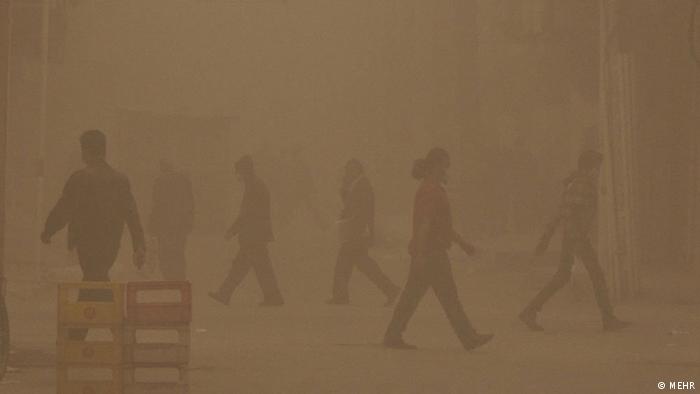
Dust cloud with toxic particles: in Ahwaz, the instruments that monitor pollution from particulates were out of action for days. "Within hours, there was dust everywhere. Suddenly, I had red spots on my whole body. My skin felt like it was on fire and I was hospitalised,″ says Rosita, a teacher in Khuzestan, the capital of an Iranian province rich in oil -
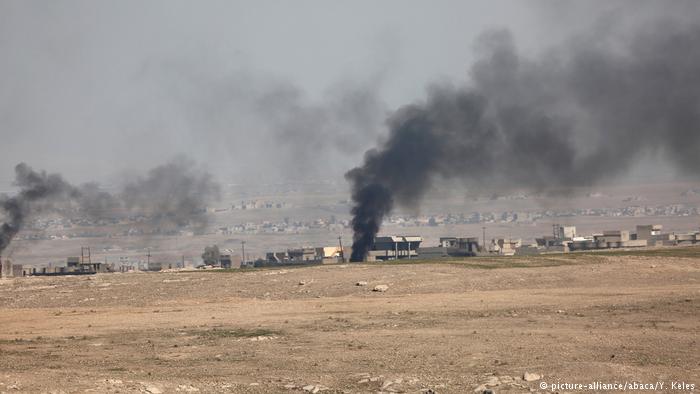
Burnt-out neighbour: sandstorms have become a nightmare for people in southern Iran. For eight years, the storms have constantly increased in intensity and spread toxic particles. Iranian politicians claim they come from neighbouring country Iraq. There, 35 years of constant war have left date palm forests burnt, agriculture ruined and the air full of chemicals -
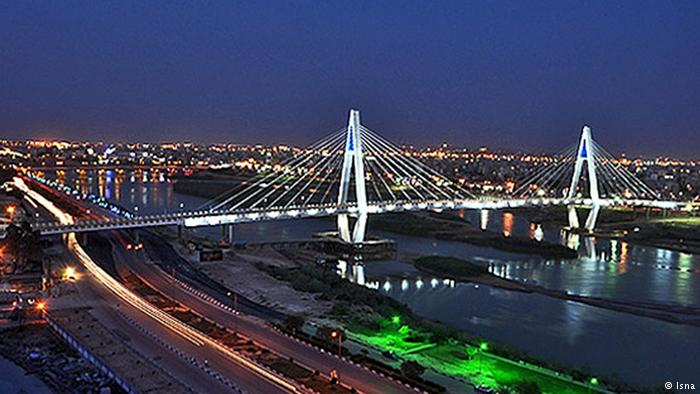
Poor water management: Iranian politicians like to call their country an "island of stability" in the Middle East, but especially when it comes to environmental issues, things do not look good. Climate change and poor water management have led to 80 percent of the country's most important lakes drying up. These areas are the most significant contributors to dust pollution. The Karun river in Ahwaz is also drying up -
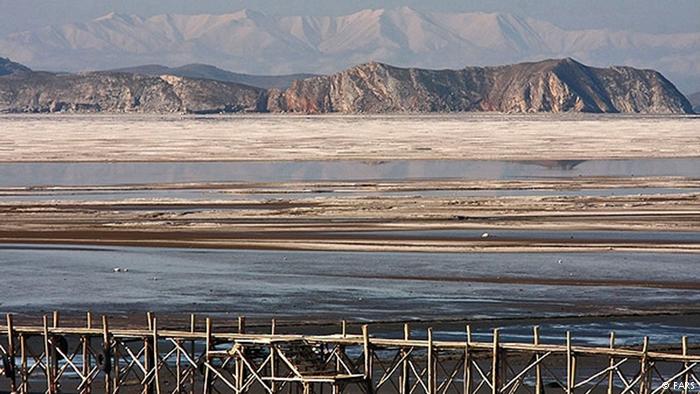
Becoming uninhabitable: in spite of all this, Iran has no strategy to protect the environment. In January, the German Heinrich Boll Foundation published a report on water shortages in Iran. 160 pages are dedicated to describing the country's massive environmental problems. "The pressing water shortage is threatening to make vast areas of land uninhabitable in the future," the report warns -
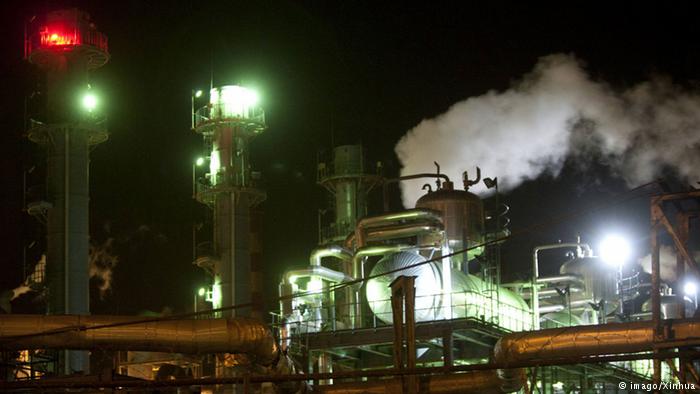
Power cuts disrupt the oil industry: a sandstorm in Khuzestan caused massive disturbances to the local power supply. The consequences were immense. The oil industry in Khuzestan was temporarily at a standstill. 750,000 barrels of crude oil are produced in this province every day. The oil industry's revenues make up a large part of the Iranian national budget. A representative from Khuzestan warned of a national crisis -
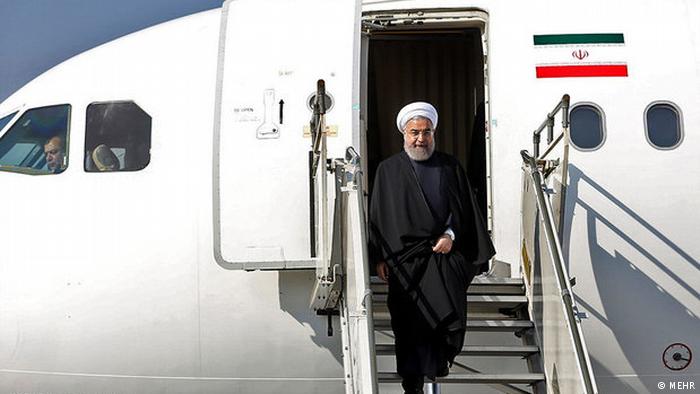
Rouhani under pressure: conservative politicians accuse Hassan Rouhani's government of not having the situation under control. In turn, Rouhani blames his predecessor Mahmoud Ahmadinejad for the impending environmental catastrophe. During his presidency, Ahmadinejad accused the West of having caused the drought in Iran – as part of a "sinister plan to undermine the Islamic Republic" -
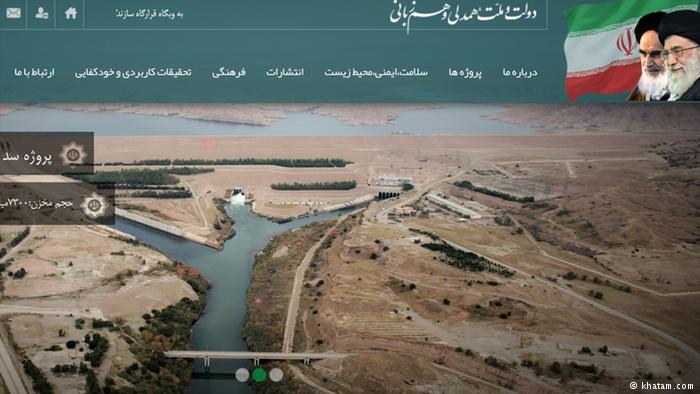
Powerless environmental protection agency: the Revolutionary Guard is not only a military power with its own contingent of army, air force, navy, special forces for foreign missions or the voluntary militia Basidsch. They are also an economic force in Iran. Their economic division Khatam al-Anbiya builds streets, tunnels, pipelines and dams. Many dams are built only of earth – without consulting the environmental authorities -
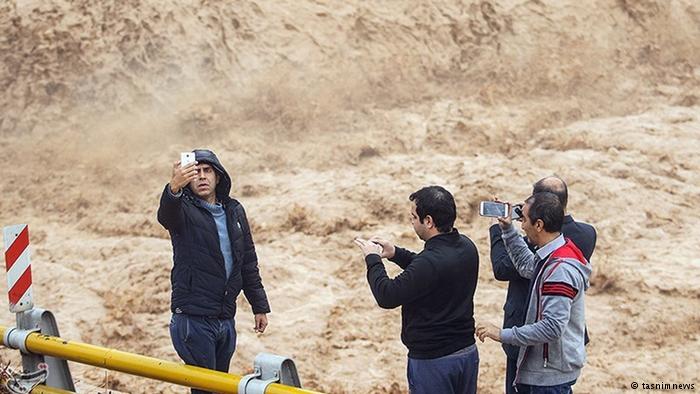
Dam collapse? Fake news! In February, a dirt dam collapsed in the southern Iranian province of Fars. 700 houses were destroyed and more than 2,000 other buildings damaged. At first, the provincial director-general for crisis management disclaimed reports about the incident. The pictures on social media were dismissed as fakes -
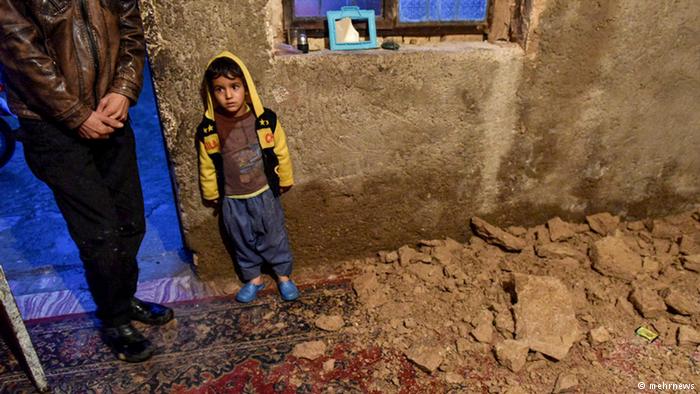
Official lack of responsibility: nobody accepts responsibility for this mismanagement, or for the delay in carrying out rescue missions in the province. A lack of crisis management turned management crisis
https://qantara.de./en/node/30099
Link
To all image galleries
